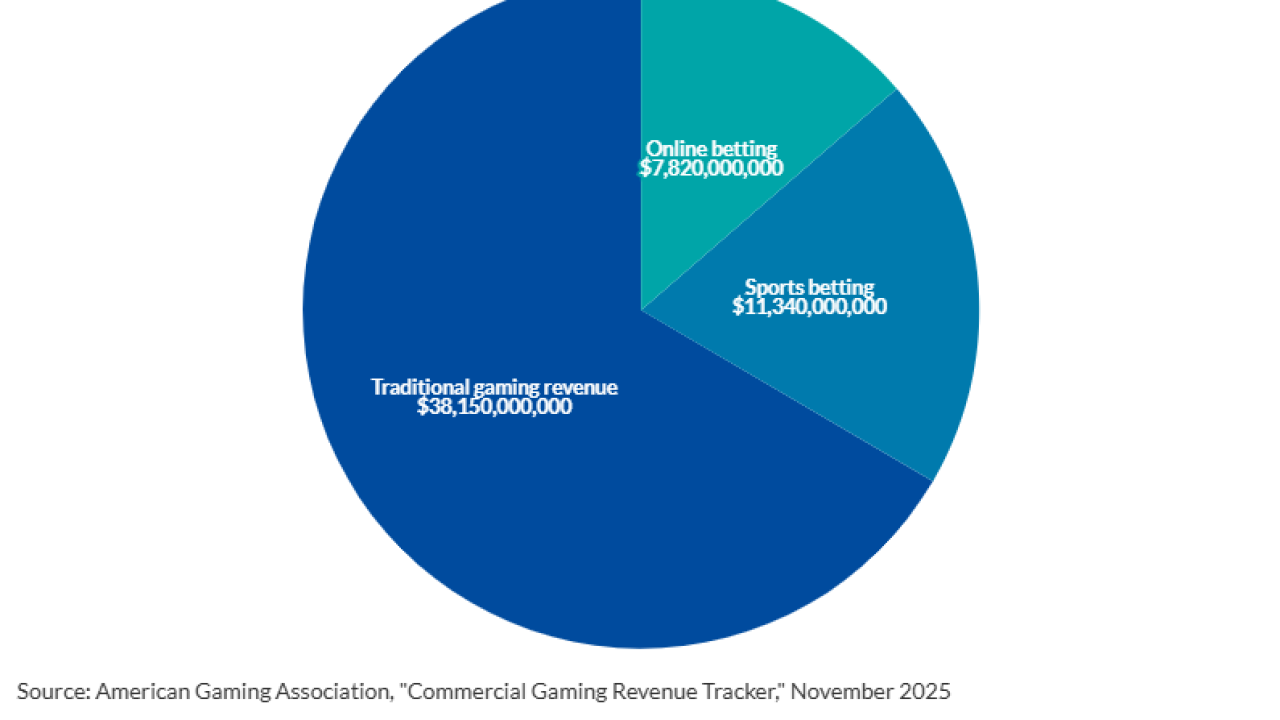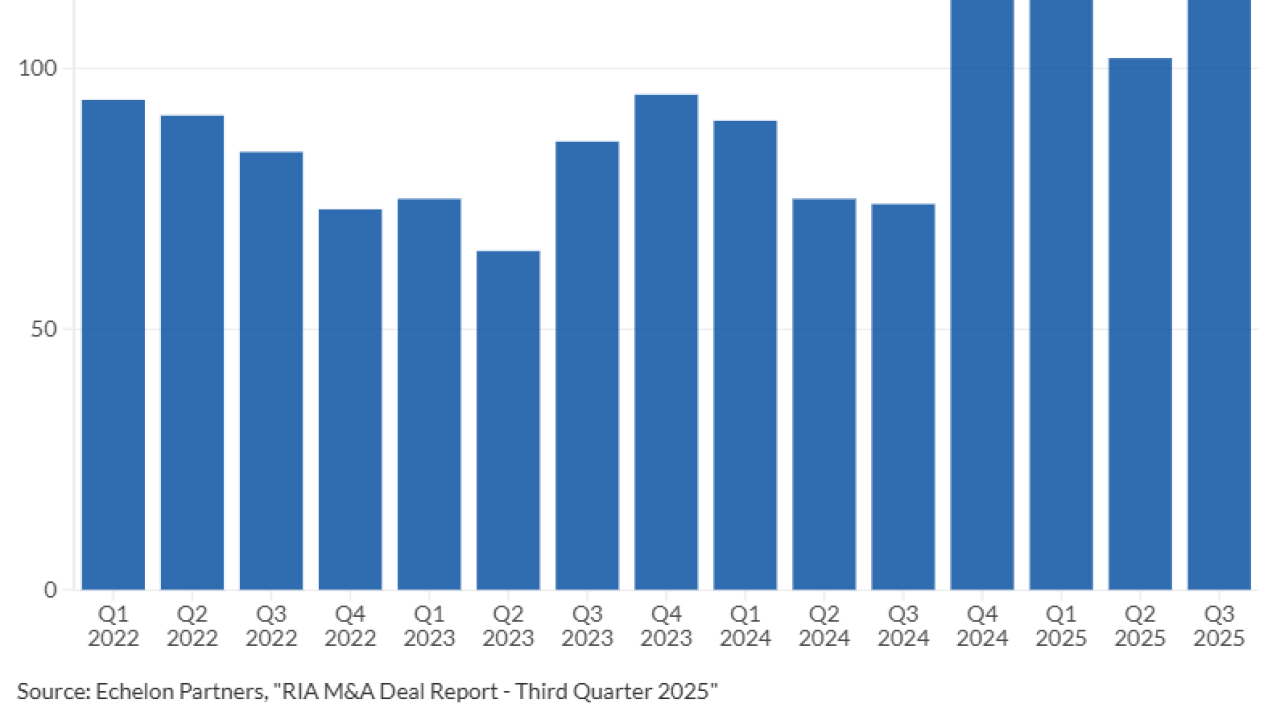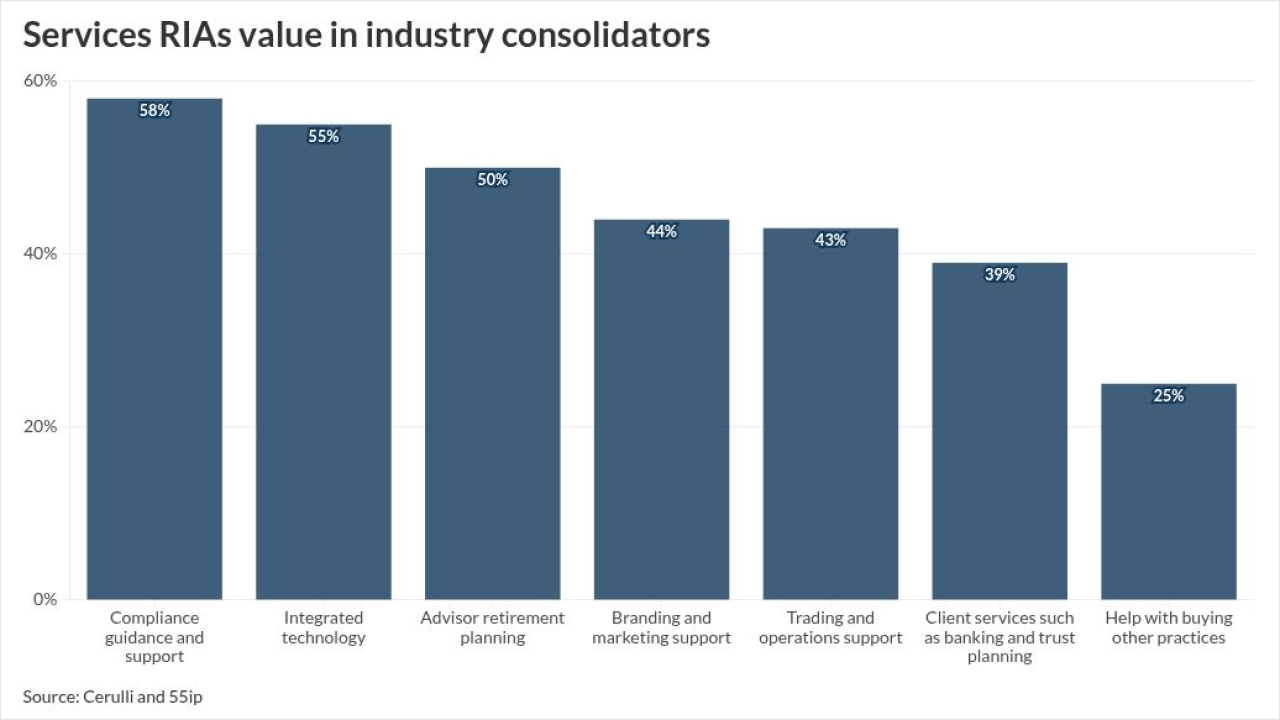Wells Fargo ended 2021 with fewer advisors in the room, more cash in its coffers and a whole lot of confidence heading into the new year.
The bank’s Wealth and Investment Management unit lost a total of 1,146 registered representatives from either Wells Fargo Advisors or its Private Bank over the past 12 months, according to the
But client assets and annualized revenue per advisor both increased, continuing a
“As I look back on my slightly more than two years at Wells Fargo, I’m incredibly proud of what our team has accomplished as we remake this incredible franchise,” CEO Charlie Scharf said in a statement. “We have made sweeping changes to the leadership and culture, made significant progress on our risk, regulatory and control work, improved the efficiency of the company while investing in our business in a more holistic and aggressive way, and have taken a different approach to our customer- and community-facing responsibilities as a large public company.”






